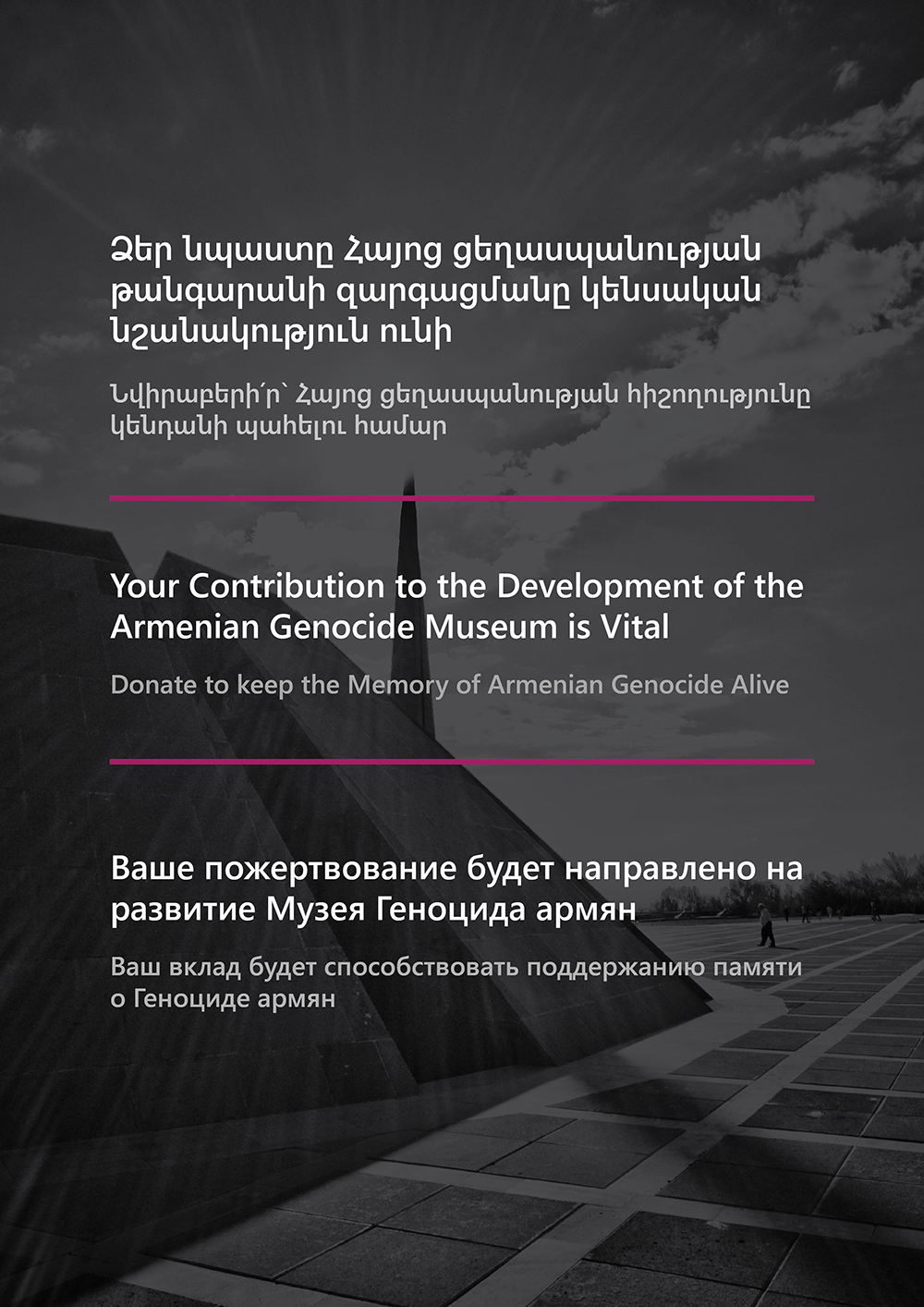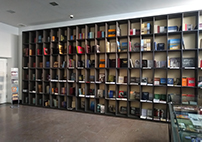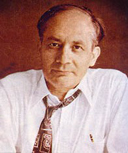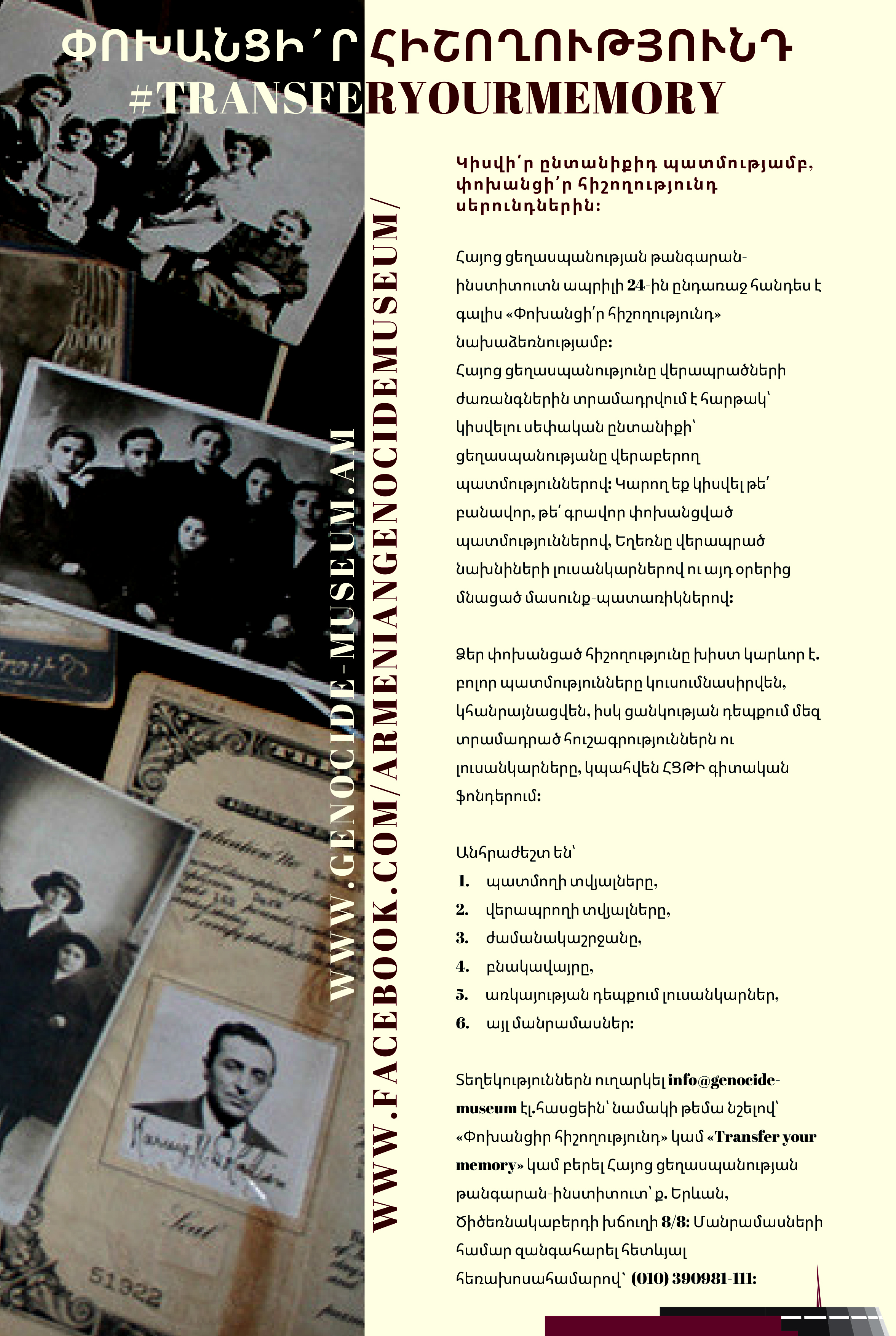News |
THE ARMENIANS OF VAN NEAR THE BREAD-BAKING OVEN
From “100 Photographic Stories of the Armenian Genocide”
14.05.2015
 This photo was published in the first edition of the memories of Henry Morgenthau US ambassador to the Ottoman Empire, published in 1918, in New York. The photo is of Armenians in Van gathered around the public bread-baking oven hoping to get some bread, surrounded with Turkish soldiers. In the explanatory note of the photograph it is mentioned: “These people were forced to leave their homes without warning and driven to the desert. During the deportation thousands of women, children and men had died not only of hanger and hardship, but also because of the inhuman brutality of escorting soldiers”.
This photo was published in the first edition of the memories of Henry Morgenthau US ambassador to the Ottoman Empire, published in 1918, in New York. The photo is of Armenians in Van gathered around the public bread-baking oven hoping to get some bread, surrounded with Turkish soldiers. In the explanatory note of the photograph it is mentioned: “These people were forced to leave their homes without warning and driven to the desert. During the deportation thousands of women, children and men had died not only of hanger and hardship, but also because of the inhuman brutality of escorting soldiers”.
Van is one of the ancient capitals of historical Armenia. This city with a story of three thousand years had lost its Armenian population during the Armenian Genocide. In 1915, like every area with Armenian population, massacres started also in the surrounding villages of Van, and in the beginning of April the Armenian population of Van appealed to self defense, and resisted the Turkish army and the attacks of Kurdish irregular squads for nearly one month.
After the arrival of Russian troops the governorship of Van was established here, but in July along with the Russian troops, the Armenian population of Van had also left the town. During the battles in the city Van was turned into ruins, and those who failed to leave were killed.
“…when the Russian army suddenly appeared and the Turks fled into the surrounding country, where they found appeasement for their anger by further massacres of unprotected Armenian villagers. Doctor Ussher, the American medical missionary whose hospital at Van was destroyed by bombardment, is authority for the statement that, after driving off the Turks, the Russians began to collect and to cremate the bodies of Armenians who had been murdered in the province, with the result that 55,000 bodies were burned”.
Henry Morgenthau
US Ambassador to the Ottoman Empire (1913-1916)
The source of the photo Ambassador Morgenthau's Story, New York, 1918
From “100 Photographic Stories of the Armenian Genocide” book
|
|
DONATE |

TO KEEP THE MEMORY OF THE ARMENIAN GENOCIDE ALIVE
Special Projects Implemented by the Armenian Genocide Museum-Institute Foundation
|
COPYRIGHT |

|
AGMI BOOKSTORE |

The Armenian Genocide Museum-Institute’s “World of Books”
|
TESTIMONIAL OF ARMENIAN GENOCIDE SURVIVORS |

THE AGMI COLLECTION OF UNPUBLISHED MEMOIRS
|
ONLINE EXHIBITION |

SELF-DEFENSE IN CILICIA DURING THE ARMENIAN GENOCIDE
DEDICATED TO THE CENTENNIAL OF THE SELF-DEFENSE BATTLES OF MARASH, HADJIN, AINTAB
|
LEMKIN SCHOLARSHIP |

AGMI ANNOUNCES 2024
LEMKIN SCHOLARSHIP FOR FOREIGN STUDENTS
|
TRANSFER YOUR MEMORY |

Share your family story,
Transfer your memory to generations.
On the eve of April 24, the Armenian Genocide Museum-Institute undertakes an initiative “transfer your memory”.
|
|





